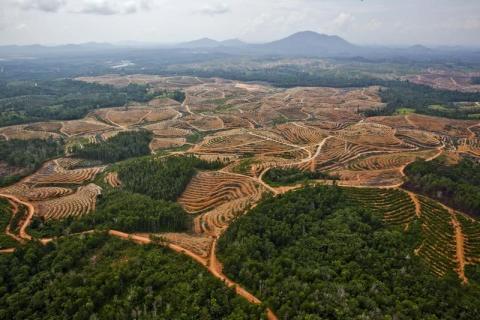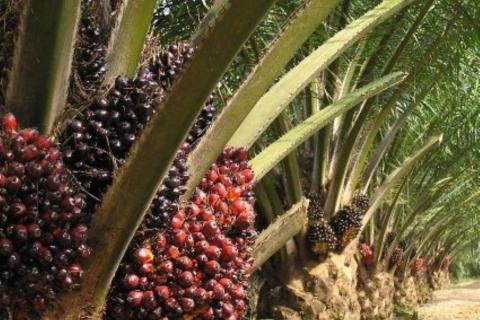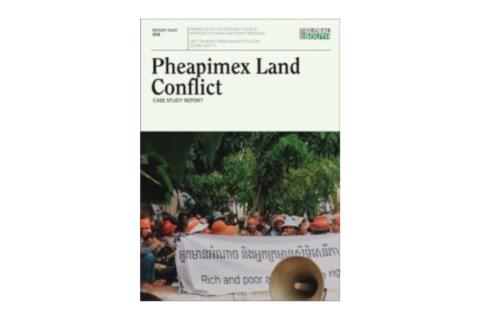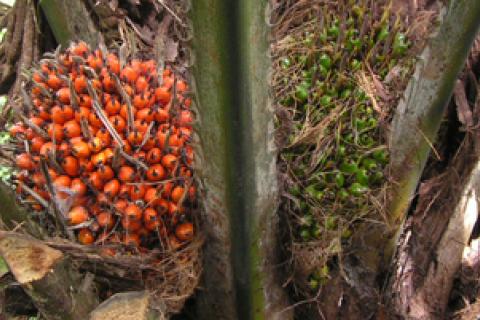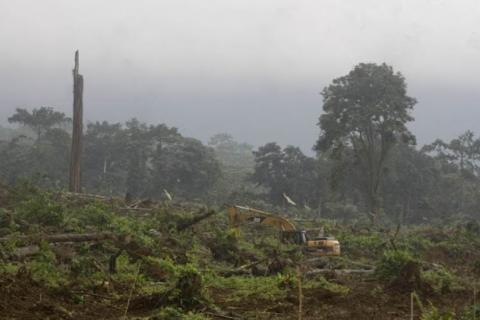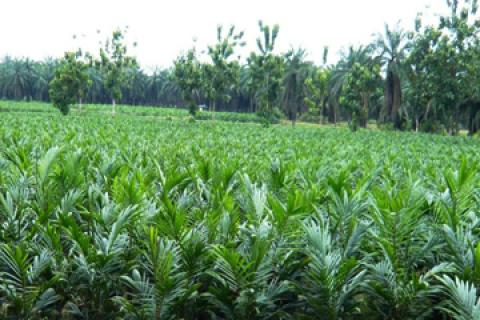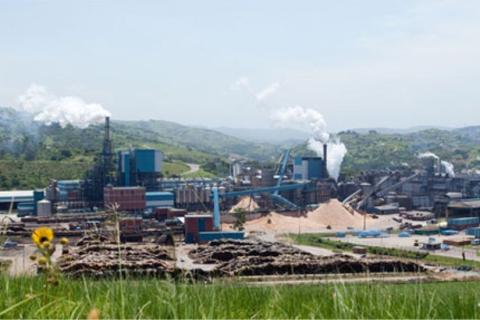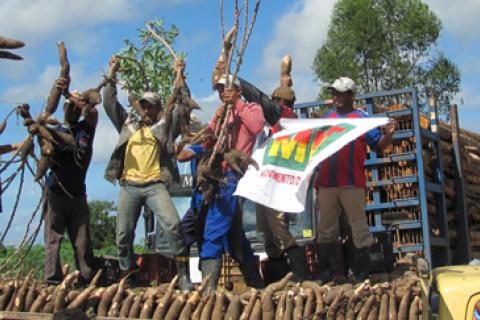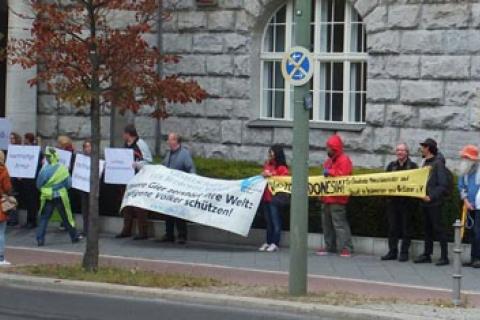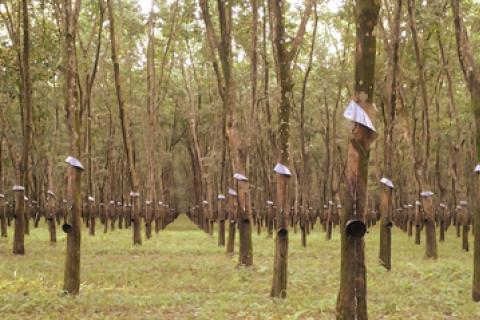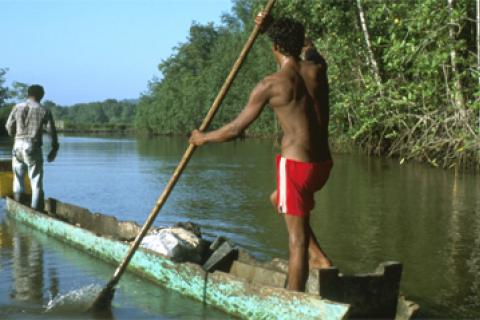Here in Indonesia, ever since a child entered the school, he/she has been familiar with “Merauke” through a patriotic song entitled “Dari Sabang Sampai Merauke” (lit. from Sabang to Merauke – from the westernmost to the easternmost part of Indonesia). The song talks about the unity and glory of Indonesia across its large and small islands reaching from Sabang, the westernmost part, to Merauke, the easternmost.
Bulletin articles
Few places in Southeast Asia can match the distinction of Palawan, in the Philippines. This is home to seven protected areas, a declared “Game Refuge and Bird Sanctuary” since 1967 and a “Mangrove Reserve” since 1981. UNESCO declared the whole Province a ‘Man and Biosphere Reserve’ in 1990.
The company promised to increase forest cover but they planted cassava; cassava is not a tree; a cassava plantation is not a forest.
(Resident from Ansar Chambor, Pursat, Cambodia)
In one of his last works – “Oil palm in Africa: Past, present and future scenarios”, published in December 2010 – our beloved friend and colleague Ricardo Carrere provided an overview of the history and current status of monoculture oil palm plantations in Africa (see http://wrm.org.uy/oldsite/countries/Africa/Oil_Palm_in_Africa.pdf).
Millions of hectares of industrial oil palm plantations have been expanding in many countries of Asia, Africa and Latin America with a well documented history of tropical deforestation –including enormous fires- and a sad toll of human rights violations.
However, the powerful interests behind this business continue actively promoting this crop, against a background of growing opposition at the local level.
Hevea brasilensis, known as the Pará rubber tree or, most commonly, the rubber tree, is native to South America. It is the member of the genus Hevea most frequently exploited industrially, as the milky latex extracted from the tree is the primary source of natural rubber.
(Photo: Greenpeace International)
Mangroves, which are a type of forest, could be considered the most forgotten or invisible tropical forests on the planet. And their inhabitants, in turn, could be the most forgotten or invisible of the communities who directly depend on forests for their survival.
